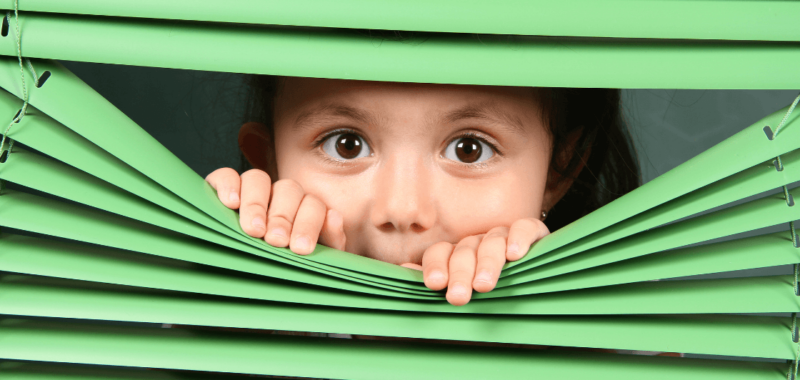As early years educators, we know how crucial observations are in early childhood education as they allow us to understand children’s development, interests, and needs. Writing effective observations requires attention to detail, objectivity, and a clear understanding of the purpose behind the observation. In this article, we will explore the importance of early years observation and how to enhance your observation techniques.
The Importance of Observations in Early Childhood Education
Observation is a foundational tool in early childhood education that serves multiple critical functions:
- Understanding Development
- Track Progress: Regular observations allow educators to monitor and document each child’s development across various domains, such as cognitive, physical, social-emotional, and language.
- Identify Needs: Through observation, educators can identify any developmental delays or areas where a child might need additional support.
- Informing Curriculum and Planning
- Individualised Learning: Observations help educators tailor their teaching strategies and activities to meet the unique needs and interests of each child, fostering more effective and engaging learning experiences.
- Responsive Planning: By observing children’s interactions and play, educators can plan activities that build on their current interests, promoting deeper engagement and learning.
- Building Relationships
- Strengthening Bonds: Observations help educators understand the personalities, preferences, and social dynamics of the children, enabling them to build stronger, more supportive relationships.
- Family Engagement: Sharing observations with families helps build a partnership between educators and parents, aligning efforts to support the child’s development.
- Ensuring Inclusive Practice
- Identifying Barriers: Observations can reveal potential barriers to learning and participation, such as language difficulties, social challenges, or physical limitations, allowing educators to make necessary adaptations.
- Promoting Equity: By closely observing all children, educators can ensure that every child’s needs are recognised and addressed, promoting fairness and inclusion within the classroom.
- Supporting Reflective Practice
- Continuous Improvement: Regularly reviewing and reflecting on observations encourages educators to critically assess their teaching practices, making adjustments to improve outcomes for children.
- Professional Development: Observation fosters ongoing learning for educators, as it prompts them to stay informed about child development theories and effective educational strategies.
Now that we understand the importance of observations, let’s take a look at how we can improve and enhance our own observation techniques.
- Be Objective and Specific
- Focus on Facts: Describe exactly what you see and hear, without adding interpretations or judgments. Instead of saying, “Sarah was happy,” try describing the behaviours that led you to this conclusion, for example, “Sarah smiled and clapped her hands when the blocks tower was complete.”
- Use Concrete Examples: Specific examples provide clear evidence of development or areas needing support. For example, “Tom used a pincer grip to pick up small beads and place them in a cup.”
- Link Observations to Developmental Goals
- Identify Learning Areas: Relate your observations to specific developmental areas (e.g., physical, cognitive, social-emotional) or learning outcomes outlined in your curriculum framework.
- Highlight Progress: If you are tracking a child’s progress over time, compare current observations with past ones to show growth or emerging skills.
- Use Clear and Simple Language
- Avoid Jargon: Use language that parents and other educators can easily understand. Avoid technical terms unless necessary, and if used, ensure they are explained.
- Be Concise: While details are important, observations should be clear and to the point. Avoid unnecessary information that does not add value to the observation.
- Capture the Child’s Voice and Actions
- Include Quotes: Where possible, include direct quotes from the child. This can provide insight into their thinking, understanding, and language development.
- Describe Actions: Focus on what the child is doing, how they interact with others, and how they engage with materials. For instance, “Lily carefully stacked the blocks, checking their stability after each addition.”
- Reflect on the Observation
- Interpret the Significance: After describing what happened, reflect on what it might mean. Consider the child’s developmental stage, the context of their behaviour, and how it aligns with developmental milestones.
- Plan Next Steps: Use the observation to inform future planning. Suggest activities, strategies, or resources that will support the child’s ongoing development.
- Involve the Child and Family
- Seek Input: Where appropriate, involve the child in reflecting on their own learning or behaviour. For example, ask the child how they felt about the activity or what they enjoyed most.
- Share with Families: Regularly share observations with families to keep them informed of their child’s progress. Encourage them to contribute their observations from home.
- Use Technology Wisely
- Document with Photos/Videos: Where allowed, use photos or videos to complement your written observations. These can provide a more vivid account of the child’s actions and interactions.
- Organise Systematically: Use digital tools or apps designed for early childhood educators to organise and track observations efficiently.
Software To The Rescue!
With Parenta’s EYFS Tracker, tracking and documenting children’s progress across various developmental domains becomes more manageable, allowing you to create detailed records that can be accessed at any time. The software is designed to align observations with EYFS goals, helping you to monitor each child’s development, identify areas needing additional support, plan next steps, and tailor teaching strategies accordingly. It simplifies the process of capturing and organising observations, offering features such as real-time recording, multimedia documentation, and seamless integration into planning tools. This not only ensures that observations are accurate and objective but also enhances communication with parents by providing a user-friendly portal where they can view their child’s progress and contribute insights using the Home Observations feature. Additionally, Parenta’s platform supports reflective practice by offering easy access to historical data, allowing you to review, analyse, and refine your approaches continually.
In conclusion, effective early years observations are crucial for understanding and supporting each child’s unique developmental journey. By refining your observation techniques and using the power of technology, you can better support children’s learning, involve families, and continuously improve your teaching practices.

